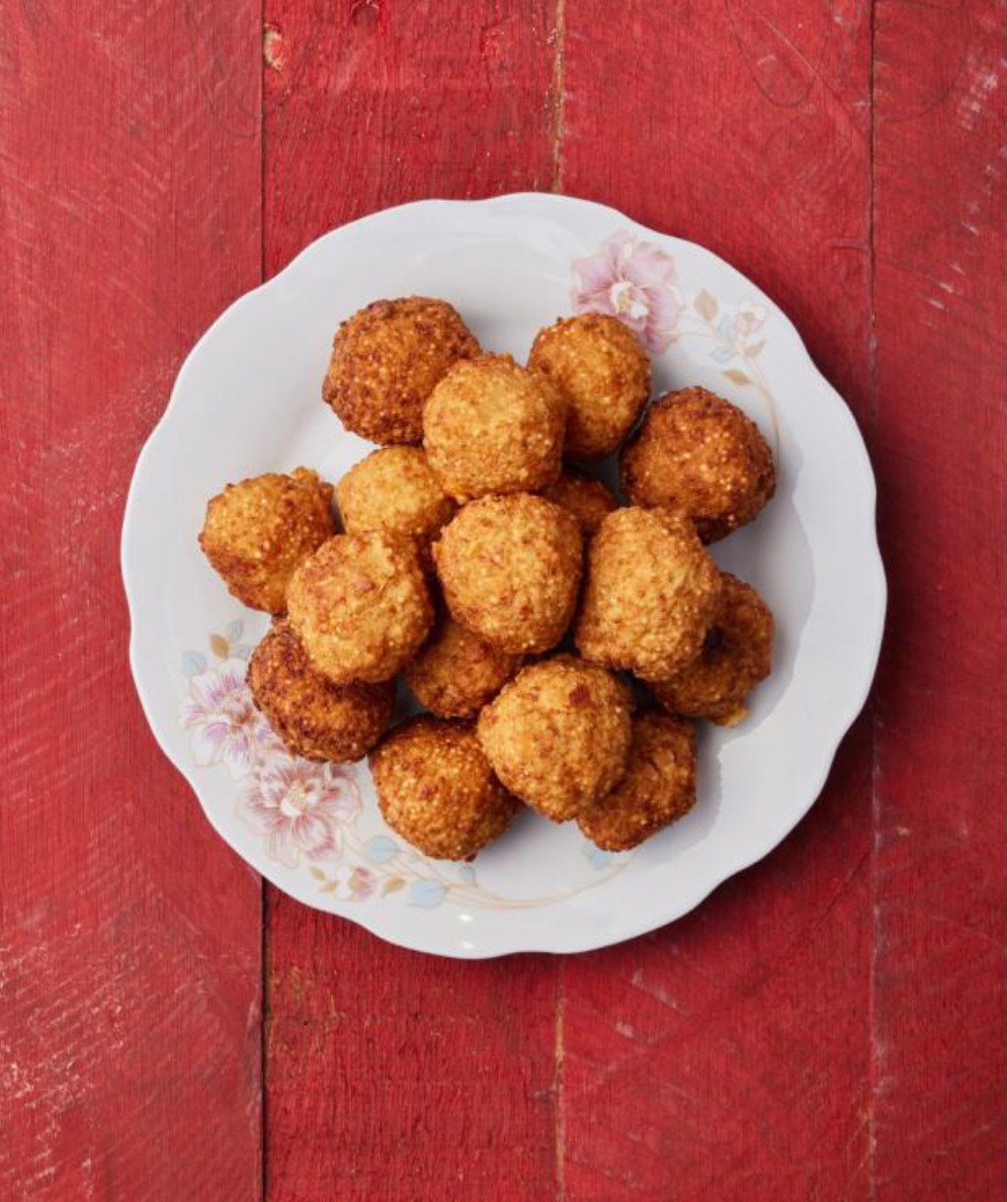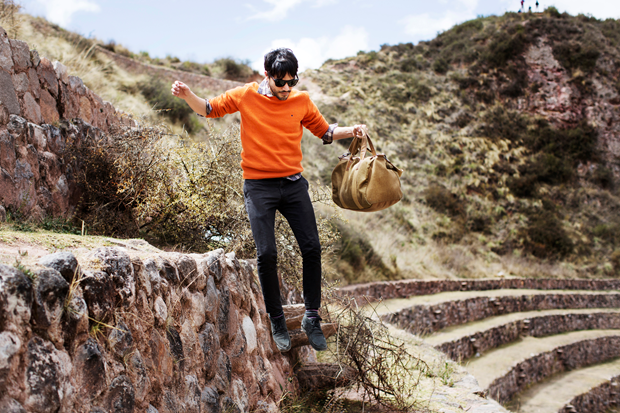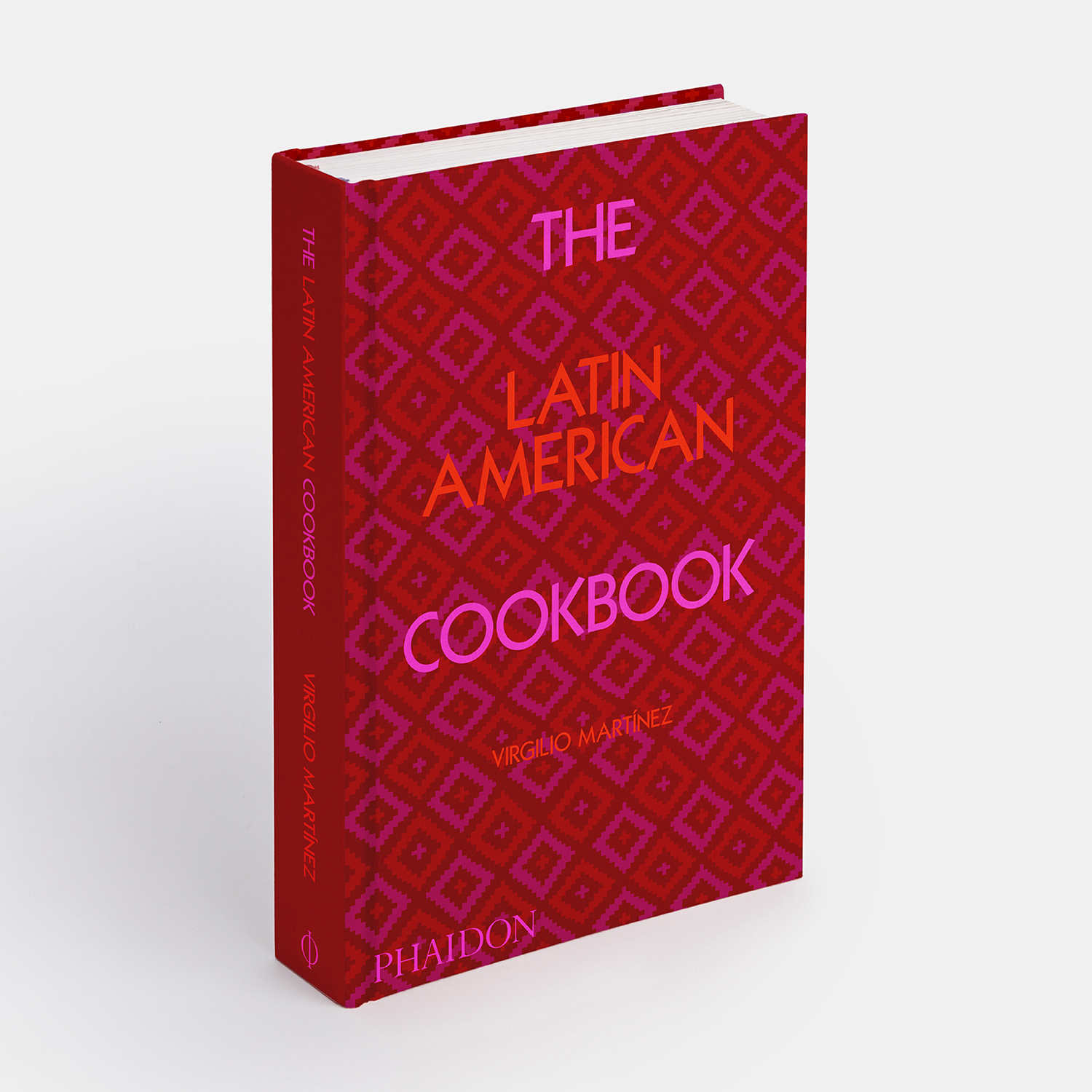
The superfoods in the Latin American Cookbook
Highly nutritional grains are a staple food in this part of the world (though the associated dishes might not always please clean-eating diet coaches!)
You might be eating more Latin American food than you realise. In his introduction to The Latin American Cookbook, the chef and Phaidon author Virgilio Martînez points out that potatoes, tomatoes, corn, cocoa, and peppers all originated in Latin America, and have become staple ingredients the world over. “Wherever you are,” writes the chef, ”you are eating Latin America on a daily basis.”
Of course, other foods have taken a little longer to get onto the world’s plates. Quinoa and amaranth are such new ingredients that a few western diners are still unsure of how to say the names of these tiny, nutritious grains.
Quinoa (which is, of course, pronounced ‘keen-wa’) is sometimes regarded as a 'superfood' thanks to its nutritional value. That term might be a bit overused by flashy online nutritionists, but quinoa's qualiities have been highlighted by greater authorities, As the Latin American Cookbook notes: “a study by NASA once claimed: ‘While no single food can supply all the essential life-sustaining nutrients, quinoa comes as close as any other in the plant or animal kingdom.’”
All this is old news for Latin American cooks and farmers. “For thousands of years, quinoa seeds have been traded among farmers in the Andean altiplano, the arid, high-altitude plateau straddling the border of Peru and Bolivia,” explains our new book. “The Incas called it chisoya mama, or the ‘mother of all grains’, and legend has it that each year the Inca emperor would sow the ground with a golden spade and plant the first seeds of the season.”

More than 3,000 varieties have been developed in the Andes, suitable for a range of climates from southern Colombia to northern Chile. The book guides novice shoppers through these varieties. “When purchasing, look for Royal Quinoa (also called Quinoa Real) grown between the salt lakes of Uyuni and Coipasa in southern Bolivia, or quinoa grown by cooperatives in highland regions of Peru such as Ancash, Cusco, Apurimac, Huanuco, Huancavelica, Ayacucho, and Puno,” advises the text. “Quinoa comes in several different colors. Golden, or white, is the most common, with a mild nutty flavor and soft texture. Red quinoa, as well as less common purple and orange varieties, has an earthy flavor and a slight crunch to it, while black quinoa is rich in antioxidants, holds up in cold dishes, and has a sweet yet mild flavor. Cañihua or kaniwa, sometimes called baby quinoa for its small size, is dark red or brown, and quite crunchy.”
There are plenty of healthy amaranth and quinoa porridge recipes, but the book also includes a few more indulgent dishes, such as these deep-fried, ball-shaped quinoa fritters, popular in the highlands of Bolivia.
To make them you’ll need a cup/6 oz (170 g) of quinoa; two cups/16 fl oz (475 ml) of water; an egg, beaten; a tablespoon of flour; two tablespoons of vegetable oil and salt. Rinse the quinoa inder cold running water until the water runs clear. Tip into a pan. Cover the quinoa with the water, bring it to a boil, and cook for 15 minutes. Drain and cool. In a bowl, mix the quinoa with the beaten egg and flour. Heat the oil in a frying pan over medium heat. Using a spoon, scoop out 18–20 small balls of the quinoa mixture. Place in the hot oil in two batches. Cook for about 2–3 minutes on each side, until golden brown. Season with salt and serve. But maybe not to your clean eating diet coach.
For many more recipes from this remarkable part of the globe, order a copy of The Latin American Cookbook here.
